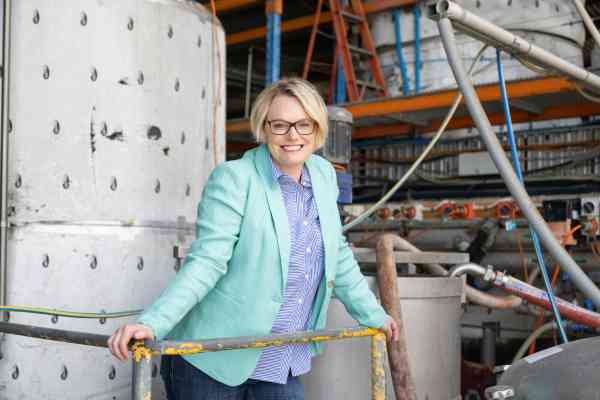These innovations are a force of nature
We recap some of the top cleantech innovations from 2023 developed to preserve the planet and slash our carbon footprints.
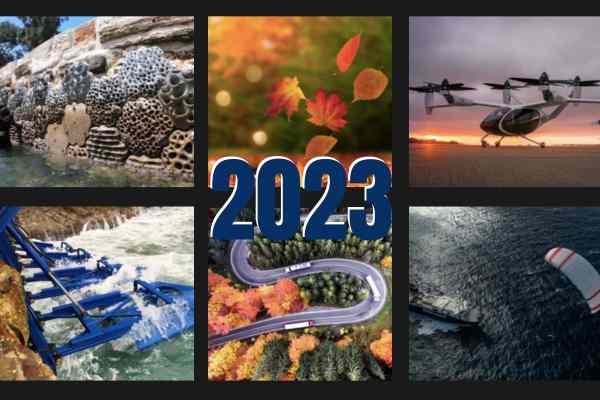
The natural world played a starring role this year with printed seawalls, river bubble tech and autumn leaves leading the field when it came to the green innovations that most captured our imaginations.
We’ve crunched the numbers and come up with a list of our most-watched innovations for 2023 – all developed to either preserve the natural world or reduce our carbon footprints.
So check out our recap of some of this year's most inspirational technologies and we’ll be back next year to bring you all the latest news on the many clean tech innovations being created to protect our planet.
Living seawalls make a splash
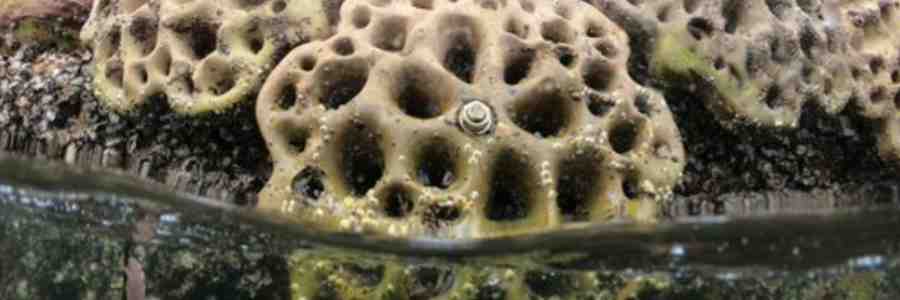
Living Seawalls has developed a series of modular habitat panels in a bid to breathe life back into marine developments around the world. These panels feature complex surface designs that mimic the natural environment and by doing so provide protective habitats for marine organisms. They can also be added retrospectively to marine construction. Read more
Tiny bubbles take on ocean plastic

A barrier of bubbles is successfully preventing plastic pollution from entering the North Sea in The Netherlands. In the region of Katwijk, more than one million pieces of plastic were entering the North Sea via the Oude Rijn River until the installation of a bubble barrier last year. The tech, created by Dutch start-up The Great Bubble Barrier creates a screen of bubbles that is specially designed to capture plastic heading downstream before it reaches the ocean. Read more
Electric roads to charge on the go
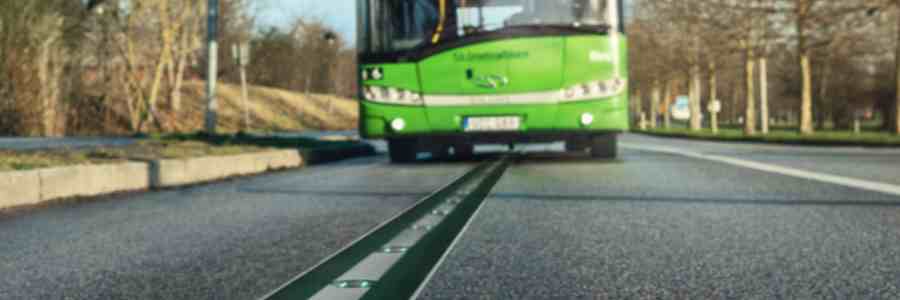
Sweden has become an electric road pioneer with the recent announcement that it will build the world’s first permanent e-highway. With four trials of the tech under its belt, the electric road will dynamically charge vehicles as they travel along it, allowing electric cars, buses and trucks to travel longer distances with smaller batteries. Read more
Paper bags from autumn leaves

Imagine a world where instead of chopping down forests to make paper, it was created from the billions of leaves that fall from trees at the end of their life. This is the inspiration behind Releaf Paper, the brainchild of Ukrainian entrepreneur Valentyn Frechka, who spent years refining and perfecting a method for doing just this – developing a line of paper-based products. Read more
Wave power rolls into shore
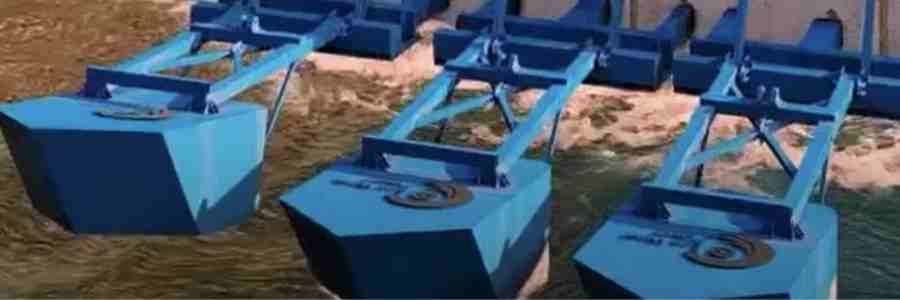
Eco Wave Power is a Swedish onshore wave power company. Unlike its offshore counterparts, its power stations are located on land. In fact, the only water-based elements are a series of floaters, each the size of a small car and designed to attach to existing man-made structures such as piers, wharves, breakwaters and jetties. Eight floaters can produce around 100 kilowatts – enough to power around 80 homes. Read more
Kite power for cargo ships
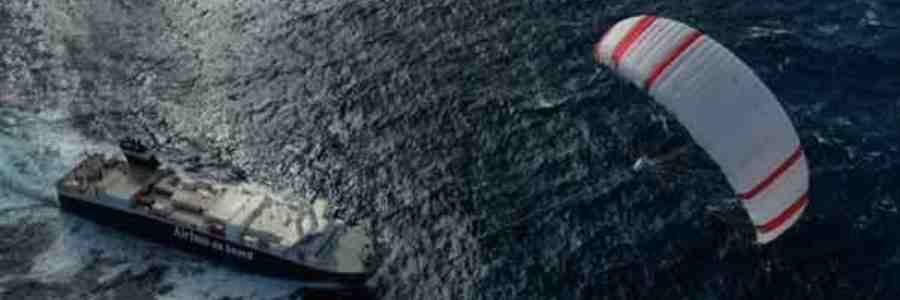
Wind propulsion is shaping up as a potential game changer for commercial shipping and the Seawing is already being put through its paces on the high seas. It was developed by French company Airseas, founded in 2016 by aeronautical engineers from French aerospace company Airbus, resulting in kite tech that bridges both aeronautics and maritime technology. Read more
Drill-like carrier helps seeds grow
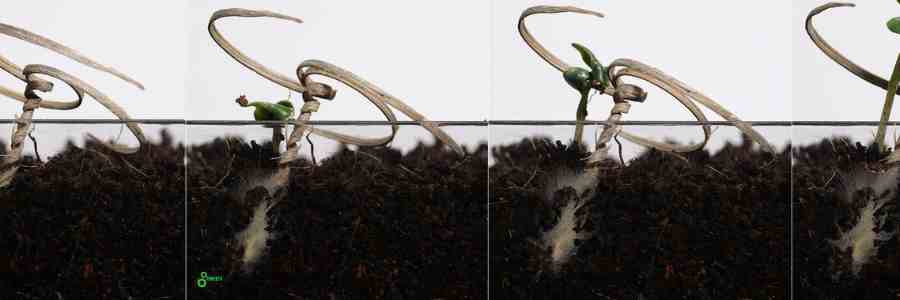
A research team has created a tiny burrowing carrier that could turbocharge aerial seeding and reforestation efforts. The seeds of some plants such as Erodium have evolved a mechanism to bury themselves when it rains. Earlier this year, a Carnegie Mellon University team unveiled a biodegradable wooden carrier called E-seed that mimics this natural ability. Read more
Plastic that grows in the ocean

Unlike traditional crops, seaweed does not require fresh water or fertiliser and, as a bonus, it draws carbon dioxide from the ocean. The sector is gaining momentum globally with a sharp rise in seaweed startups making plastics in the last few years. Kelpy is just one of these startups, and it is creating compostable and marine-degradable bioplastic pellets for commercial use. Read more
Seabin sails into uncharted water
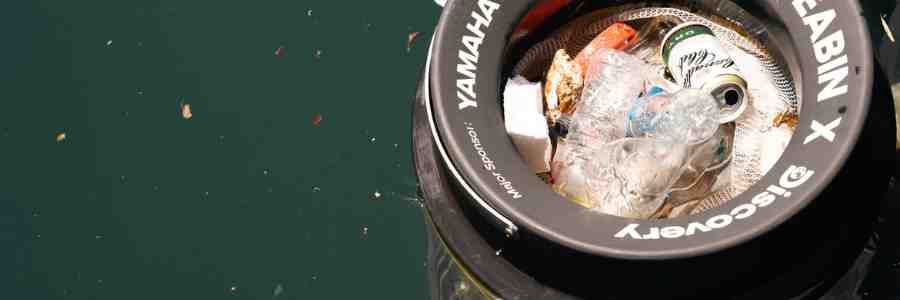
The Seabin is a rubbish collector designed specifically to tackle the problem of plastic entering the world’s oceans. More than 1100 units can be found floating in congested marinas, yacht clubs, and ports the world over, intercepting 2200kg per day of floating debris, macro and microplastics and even microfibers before they float into the ocean. Read more
The macroalgae that suck up waste

Around 380 billion litres of wastewater is produced each year by households and businesses the world over, and this figure looks set to rise, according to an Australian company Pacific Bio which is among the pioneers of the macroalgae movement using its RegenAqua process. Read more



